(VIDEO) Tips for Off-Season Garden
Watch the video: Gardening Tips for the Off-Season on YouTube.
By Thanksgiving, most people in our area have long-since put their gardens to bed for the year. Here on our homestead the garden is happily churning out baskets of greens each week as we work to make one of our dreams come true: harvesting fresh food from our garden year-round. If growing in the “off-season” or fall/winter is something you have dreamt about too, check out our top tips below.
Keep in mind we live in the maritime Pacific Northwest, garden zone 8b. We’ve already had a couple of hard frosts, but in a typical year we don’t get much snow - just a lot of gray rainy days.
Depending upon your zone, these tips may help you grow fresh food year-round or at least extend the season. Not sure about your zone? We recommend checking out the Farmer’s Almanac Hardiness Zone information.
Seed Selection
The plants that do well during the colder months are often different than those that thrive in summer. When selecting seeds, there are two clues to be on the lookout for:
All in a Name: Many seed varieties that do well have names that point towards their hardiness such as Arctic, WinterWunder, or Yukon.
Look for Signs: Many seed suppliers also use a symbol, such as a snowflake, to indicate which species are best suited to the colder seasons.
Agricultural Cloth
Just like we humans need extra layers of clothes and bedding in the winter months, a little extra fabric can help your garden thrive too. If you ever driven past a farm with long rows of white fabric, you know what I’m talking about. In our garden you can see the same material, just used a little differently. This product goes by many different names including ag cloth, agricultural cloth, frost cloth, remay, row covers, geotextiles, or just garden fabric.
We call it Ag Cloth, and it’s a spun material that comes in a variety of different weights. The lightest weights can even be used in the summer season as shade cloth. While it can be tempting to go with heavier weights for winter, there is a trade-off: the thicker the blanket, the less light gets to the plants. Since the days are already shorter in the off-season, you want to pick the lightest-weight you will need.
We opted to go with AG-19. This variety lets in 85% of the available sunlight and provides frost protection up to 4°F. We purchased double the amount we needed to cover our beds so that if the weather gets really cold, we can add a second layer.
Mulch
Mulch is another way to add an extra, protective layer to the garden. We experimented with adding straw to some beds and a woodier mulch to others. We got straw from our local feed store and mulch from a nursery in a neighboring town. So far both options fairing well!
Other Supplies
A few other items can help keep the garden cozy and producing even in the darkest days of winter. Below are some items that work well for us.
Hoops:
We are experimenting with high and low hoops. The high hoops are just a 1/2” PVC plumbing pipes we picked up from a big box store. They came in white, but spray-painted them with black and copper paint: one of our garden goals is for things to be both functional and beautiful. In this case we met both goals while also being economical!The low hoops we picked up from a garden supply store, but you can also find them online. These are coated metal hoops that are a nice shade of green and claim to be rust-proof.
Clips:
To keep the cloth in place we opted to use a variety of metal and plastic clips. We use two small clips on each hoop (with two hoops per bed) and one large clip at each end of a bed. This allows us to easily harvest from either end of the bed while keeping the cloth secure. Every time we unclip an end, it’s like opening a present!Hygrometers:
As a family of scientists, we love to develop hypothesis and run experiments. One way we are collecting data is by measuring the temperature and humidity in the different beds. To do this, we found some small thermometer/hygrometer gauges. While there are larger, all-weather varieties, they are much more expensive. So for our purposes we just put these out in the beds for a few hours at a time. So far we are finding that the low hoops are less than 1° warmer than the high hoops. The high hoops are 2° - 3° warmer than the outside temperature.
All of these little ways of setting up the garden for fall and winter are adding up to big success for us. As you can see, the proof is in the produce. Our first Runder Schwarzer Winter Radish was delicious!
